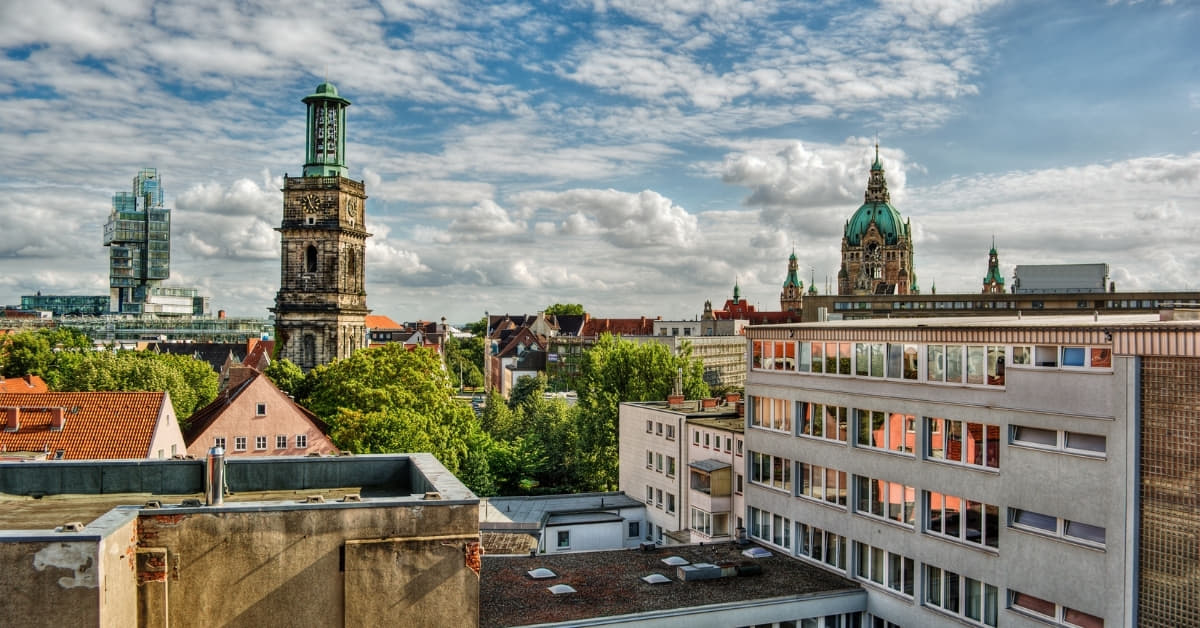In the realm of photography, High Dynamic Range (HDR) has emerged as a revolutionary technique, unlocking a new dimension of visual storytelling. This article delves into the fascinating world of HDR photography, shedding light on its principles, benefits, and the tools needed to capture stunning images.
What is HDR Photography?
HDR photography involves capturing multiple images of the same scene at varying exposures and combining them to create a single, dynamic image. This technique aims to overcome the limitations of standard photography, which often struggles to capture details in both bright and dark areas of a scene.
How Does HDR Work?
Photographers take a series of bracketed shots at different exposure levels, typically three to five frames. These images are then merged using specialized software to create a final composite photograph. The result is an image with enhanced details, richer colors, and a more extensive range of tones.
Benefits of HDR Photography
HDR photography transcends traditional limitations to deliver stunning images. Let’s explore the transformative benefits that make HDR a game-changer in the world of photography.
1. Dynamic Range Expansion
HDR allows photographers to capture a broader range of light intensities, preserving details in highlights and shadows that may be lost in standard photography.
2. Vibrant Colors
The technique enhances color saturation, bringing out the full spectrum of hues present in the scene. This results in visually striking and realistic images.
3. Detailed Shadows and Highlights
HDR photography excels at revealing intricate details in both the darkest shadows and the brightest highlights, providing a more nuanced and lifelike representation of the scene.
4. Artistic Expression
HDR empowers photographers to unleash their creativity by producing images that go beyond the limitations of conventional photography. It’s an invaluable tool for capturing the mood and atmosphere of a scene.
Tools and Techniques
Embark on a journey to elevate your photography with HDR as we delve into the essential tools and techniques that empower photographers to master the art of dynamic image capture.
1. Camera Settings
Adjust your camera to bracketed exposure mode and set the desired exposure range. Use a tripod to maintain consistency between shots.
2. HDR Software
Popular HDR software like Photomatix, Adobe Lightroom, and Aurora HDR assist in merging and tonemapping bracketed images seamlessly.
3. Post-Processing
Fine-tune your HDR image during photo editing to achieve the desired look. Balance is key, ensuring a natural appearance without overprocessing.
FAQs
Is HDR photography only for professional photographers?
No, HDR photography is accessible to both amateurs and professionals. Many modern cameras and smartphones have built-in HDR features, making it user-friendly for enthusiasts.
Does HDR affect the file size of images?
Yes, HDR images can have larger file sizes due to the increased data captured in the multiple exposures. However, the enhanced quality and detail justify the larger file size.
Can HDR be used in portrait photography?
While HDR is commonly associated with landscapes, it can also be applied to portrait photography to achieve a unique and stylized look. Careful application is key to maintaining a natural appearance.
Conclusion
In conclusion, HDR photography is a powerful technique that empowers photographers to capture scenes with unprecedented detail and visual richness. By understanding the principles, benefits, and tools involved, photographers can elevate their craft and produce captivating images that truly stand out. So, grab your camera, explore the world of HDR photography, and unleash your creativity.
This page was last edited on 27 February 2024, at 12:26 pm
